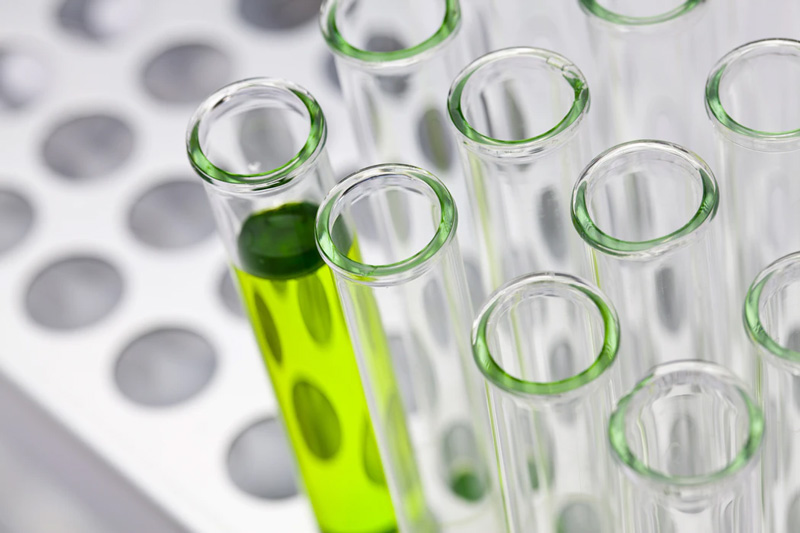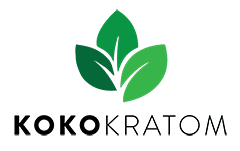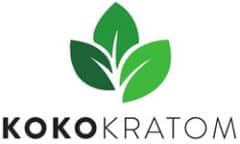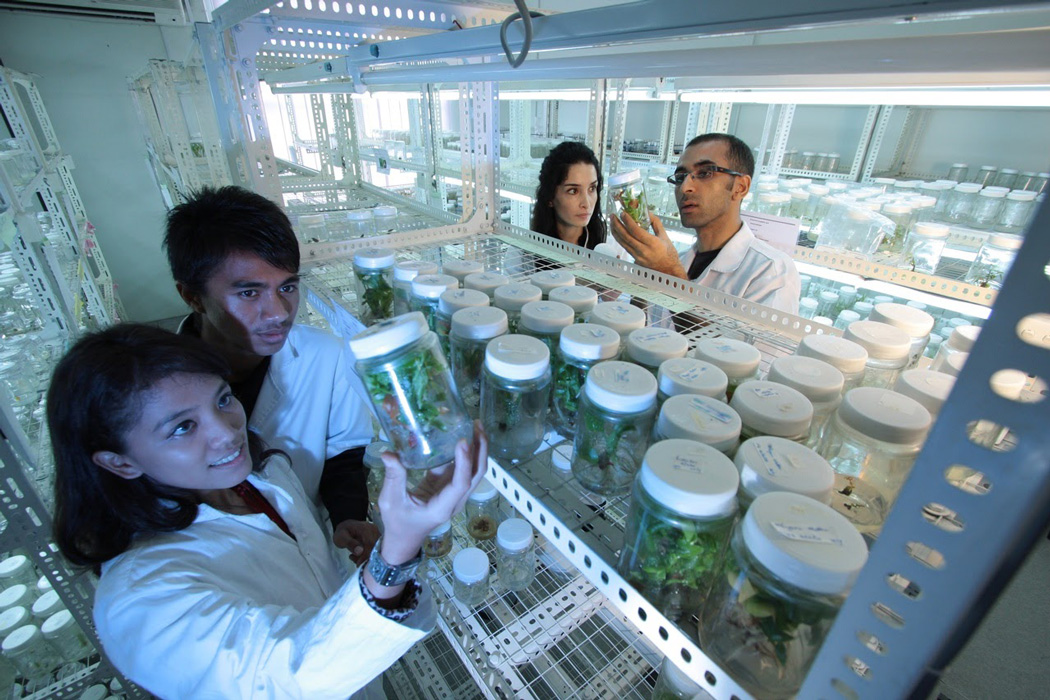The Potentials of Kratom Pharmacology
Western medicine has had a love affair with clinical trials since the first randomized controlled trial was completed in 1946, and for good reason ‘ clinical trials provide a systematic way to find out what a natural or man-made compound has to offer and at what dosage it provides the most benefits with the lowest amount of risk.
In parallel to this development in the world of pharmaceutical drugs, researchers have also begun to explore the pharmacology of traditional plant medicines like kratom to see whether they can be used in a clinical setting. Learn more about the pharmacological properties of kratom below.
From Folk Medicine to Pharmaceutical
The leaves of the Mitragyna speciosa plant have been used for a variety of ailments since long before clinical trials existed, and it is only now that we are beginning to understand how kratom actually works. As far as researchers know, the study of kratom pharmacology includes at least 25 alkaloids that are responsible for its psychoactive and physical effects ‘ the most influential of which are mitragynine and 7-hydroxymitragynine:
Mitragynine
According to Kratom Science.com, mitragynine is an indole alkaloid, which means that it has a specific molecular structure described as an ‘indole.’ Mitragynine can make up around 66% of the total alkaloid content of a kratom leaf and is responsible for most of kratom’s most well-known effects:
- Analgesic
- Antitussive (cough suppressant)
- Antidiarrheal
- Adrenergic (simulating an adrenaline rush)
- Antimalarial
- Possible psychedelic (5-HT2A) antagonist
7-Hydroxymitragynine
Similar to mitragynine and the second most well-known alkaloid in kratom, 7-hydroxymitragynine provides strong analgesic effects by activating mu-opioid receptors. It also works to suppress coughing (antitussive) and diarrhea. However, although this important alkaloid (abbreviated as 7-OHM) is responsible for many of kratom’s effects, it is only present in percentages up to 2% and is sometimes completely undetectable.
Other Kratom Alkaloids

In addition to mitragynine and 7-OHM, there are over twenty other alkaloids in kratom that are still being explored by kratom pharmacology researchers. These are a few of the kratom alkaloids that are being studied at the moment:
- Paynantheine Representing 8.6-9% of kratom’s alkaloid content, paynantheine is the second most abundant alkaloid found in Mitragyna speciosa. Limited research indicates that this alkaloid might relax the smooth muscles, but this needs to be confirmed through additional studies.
- Speciogynine This alkaloid is related to mitragynine and represents 6.6-7% of kratom’s pharmacological content. While this alkaloid is thought to be a smooth muscle relaxer, more research is needed.
- Mitraphylline Comprising less than 1% of kratom’s alkaloids, mitraphilline is an oxindole alkaloid that may stimulate the immune system and also potentially possesses the following properties:
- Dilates the blood vessels
- Helps to lower high blood pressure
- Relaxes the muscles
- Encourages urination
- Protects against amnesia
- Protects against leukemia
The Future of Kratom Pharmacology
While kratom pharmacology is still in its infancy, growing popularity of the plant combined with changes to the plant’s legal status will hopefully result in more research about the potential of kratom for treating a number of symptoms and diseases. Stay updated about kratom research by reading our blog and shop our lab-tested kratom for its verified mitragynine and 7-hydroxymitragynine levels today!



